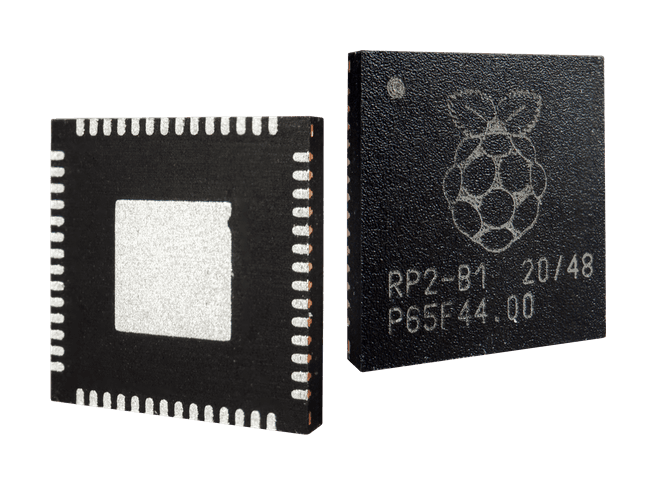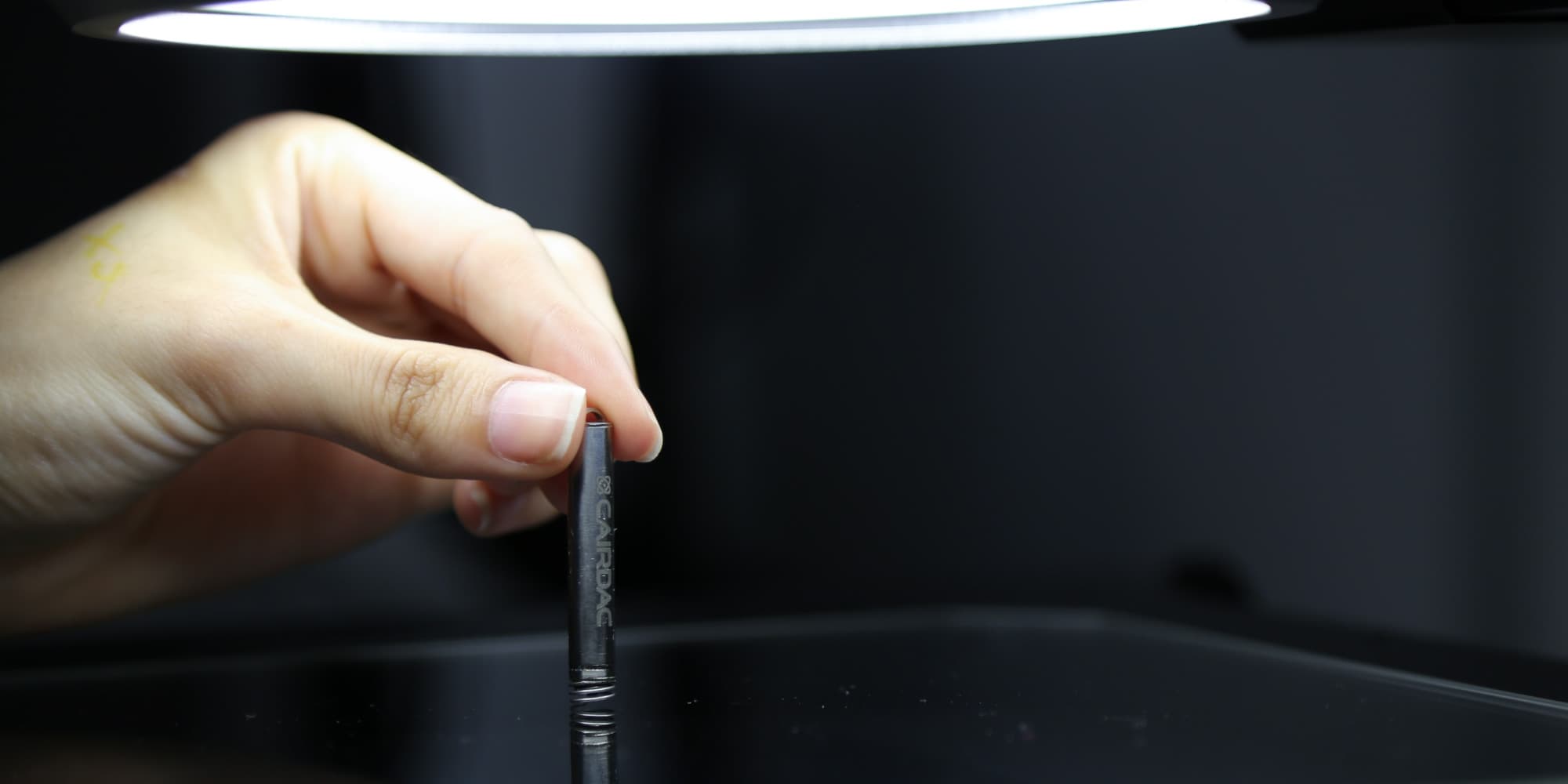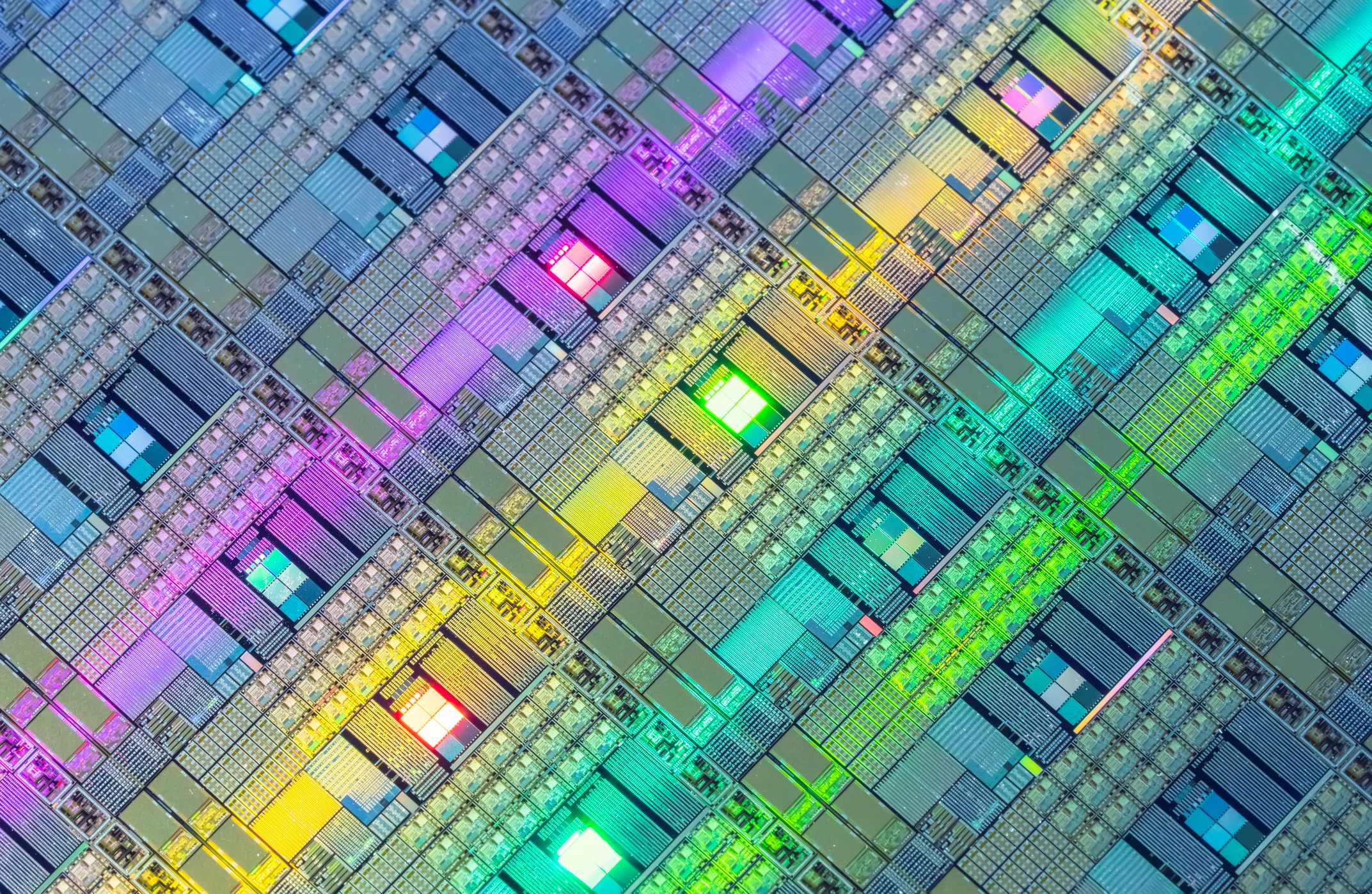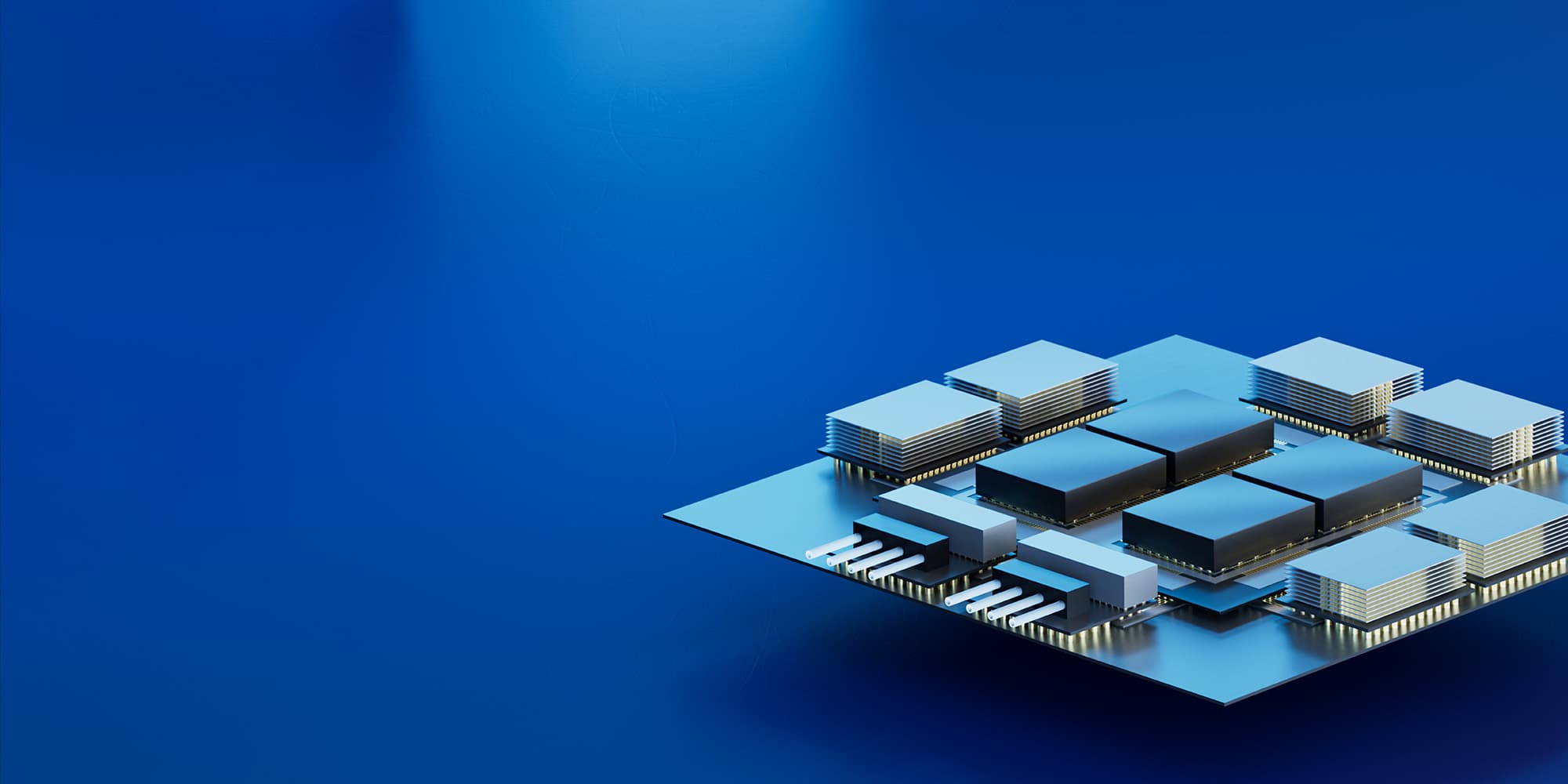“If you’re in the space segment of the semiconductor industry, you ultimately want one thing: to fly things in space.” That’s the down-to-earth outlook of Sandi Habinc, general manager at Frontgrade Gaisler, a world leader in embedded computer systems for harsh environments – primarily space.
Frontgrade Gaisler started in 2001 as a spin-off from the European Space Agency (ESA) and Chalmers University of Technology. “Our goal then remains our main driver today: leverage the research within ESA and academia to make products allowing scientists to expand our knowledge of the universe. For example, Gaisler’s GR718B radiation-tolerant SpaceWire router is currently on its way to Jupiter. Things like that make our job incredibly exciting.”
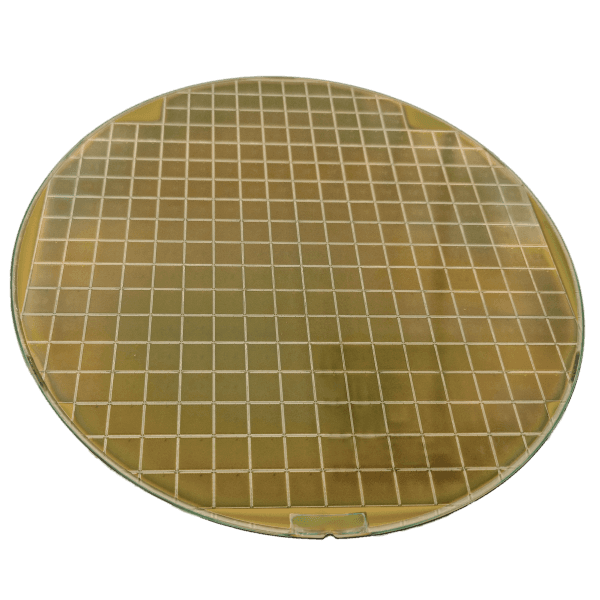
Wafer of Frontgrade Gaisler’s GR718B, processed on UMC 180nm with DARE180 rad-hard library.
Tight and flexible partnership
Habinc explains that Frontgrade Gaisler is a 100% fabless company: “Our focus is the digital hardware design of radiation-hardened and fault-tolerant microprocessors and microcontrollers. We leave the subsequent application software to our customers and rely on our partners for the underlying silicon expertise. It’s a flexible model, which allows us to address our customers’ challenges effectively and always to deliver what we promise.”
One of Frontgrade Gaisler's oldest partners is IC-Link. “The first time we worked together was in 2004. It resulted in the tape-out of the LEON processor in 180nm DARE technology. The availability of the DARE radiation-hard design platforms is an important reason why IC-Link is such a logical partner for Frontgrade Gaisler.”
As Frontgrade Gaisler moved into more complex designs, the collaboration with IC-Link became tighter. “Access to the DARE libraries is important, but our collaboration often moves beyond that, including the creation of specific IP needed in our products,” says Habinc.
That’s the case, for example, for mixed-signal designs. “As a digital company, there are some analog aspects that we don’t specialize in. But we know enough to ask the right questions and even propose alternative solutions – like moving certain parts to the digital domain. And the experts at IC-Link are always available for an open dialogue while developing to our needs.”
Affordable prototyping and manufacturing
The space semiconductor market is, of course, not one that promises large production volumes. For a fabless company like Frontgrade Gaisler, that inevitably means it’s sometimes a challenge to get designs manufactured.
Habinc: “Through IC-Link, we have easy access to the multi-project wafer (MPW) runs in different foundry technologies, allowing us to prototype our designs at an affordable price. It also gives us access to the foundries for the final flight model manufacturing. That’s crucial for an innovative R&D company such as ours, that needs to tape-out regularly to ensure our product portfolio offers maximum value.”
Partner for progress
With an ecosystem that includes ESA, leading universities, IC-Link and companies such as Frontgrade Gaisler, Habinc sees a promising future for European space semiconductors. “It’s a niche market where we as Europeans can certainly make an impact – as long as we don’t hesitate to move forward.”
“That’s one of the reasons we’re so happy with this collaboration. Even though others might be able to deliver the technology, IC-Link is in the unique position to offer the flexibility needed to tackle complex problems and create progress with us.”

Sandi Habinc is the General Manager of Frontgrade Gaisler AB in Gothenburg, Sweden, part of Frontgrade Technologies, which provides the full ecosystem to support digital hardware design for mission critical system-on-a-chip solutions. Sandi has in the last decade been leading the development of critical space processors that are being used on a large majority of space missions worldwide, including critical EU projects like Copernicus and GalileoSat, as well as ESA missions like JUICE, NASA missions like Artemis, Perseverance, DART, etc. Throughout his 20-year tenure at Gaisler, Sandi has played a vital role in establishing and promoting industry-leading embedded computer systems for commercial and space applications. Sandi was previously a microelectronics engineer for the European Space Agency in Noordwijk, The Netherlands, where he was the design manager for various digital and mixed-signal Application Specific ICs (ASIC) projects. He has earned a Master of Science Degree in Computer Science and Engineering from the Chalmers University of Technology.
Published on:
8 February 2024





